How to connect DVD player to TV?
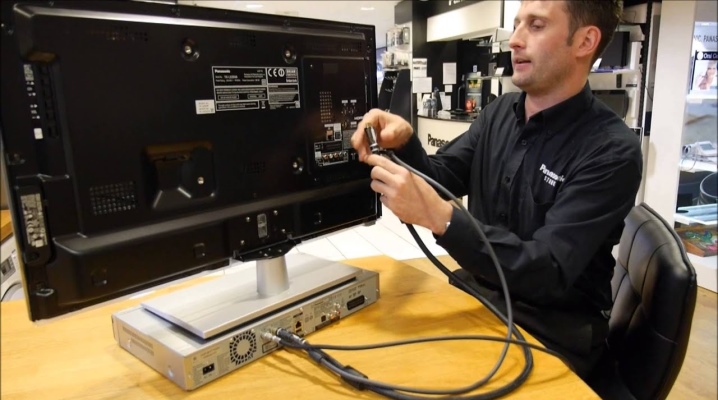
Although many users use a computer to watch videos, DVD players are still in use. Modern models differ from those previously released in compact size, functionality and a wide range of connectors. Manufacturers of digital technology have thought of several connection methods, allowing each user to choose the best option.
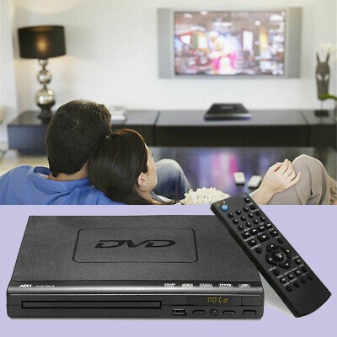
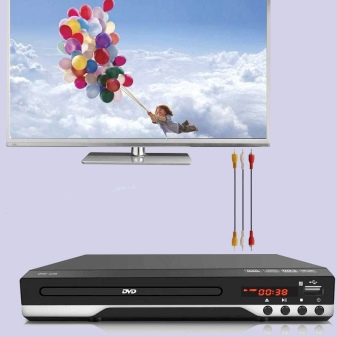
Connector types
Before starting the connection procedure, you need to carefully examine the player and TV for available ports.
The number and configuration of connectors depend on the novelty of the model and its functionality.
Older TV sets and DVD players differ significantly from newer ones. Let's take a look at the most widely used connectors.

HDMI
This option is considered optimal for synchronization with plasma. The HDMI cable provides maximum audio and video transmission. In order for the picture to be colorful and the sound clear, it is necessary to use a high-quality connecting wire. Experts recommend choosing a cable marked High speed with Ethernet.
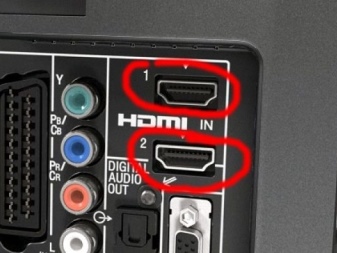
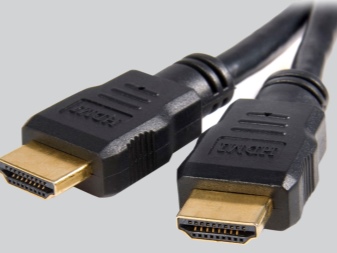
SCART
Modern models of DVD-players are less and less equipped with such a connector. This option provides Optimal picture and sound quality, second only to HDMI. You will need a SCART-RCA cable to pair your equipment.
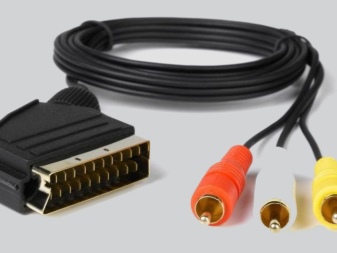

RCA
The next type of connectors is actively used from year to year and, despite the appearance of improved options, remains relevant. RCA ports are used to connect equipment through tulips. This is a set of connectors of three colors: red and white - for audio signal transmission; yellow for video.
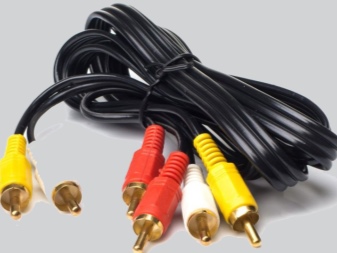
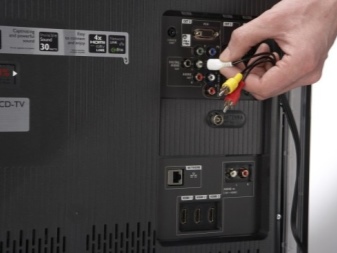
S-Video
It is recommended to select the S-Video connection method only if other options are not possible. Only an image can be transmitted through this port; a special adapter cable is required for sound. In the event that the player does not have a designated connector, and the TV is equipped with a conventional antenna input, use an S-Video-RF adapter.
Modern manufacturers offer customers several available options for synchronizing equipment - the user only has to choose the most suitable one.
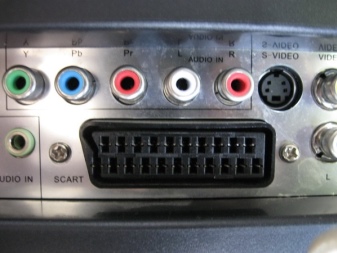
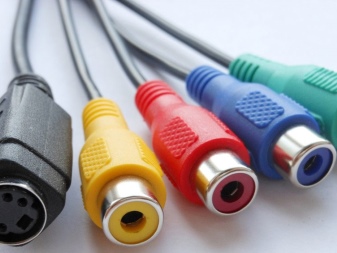
Connection
To connect a DVD player to the TV, you need to choose one of the available methods, prepare the necessary cable and, following an understandable diagram, do the job. Following simple steps, it will not be difficult to correctly connect the video player to the TV.
The player and TV receiver must be disconnected from the mains during the pairing process.
After completing the work, the equipment should be turned on and checked for operation.
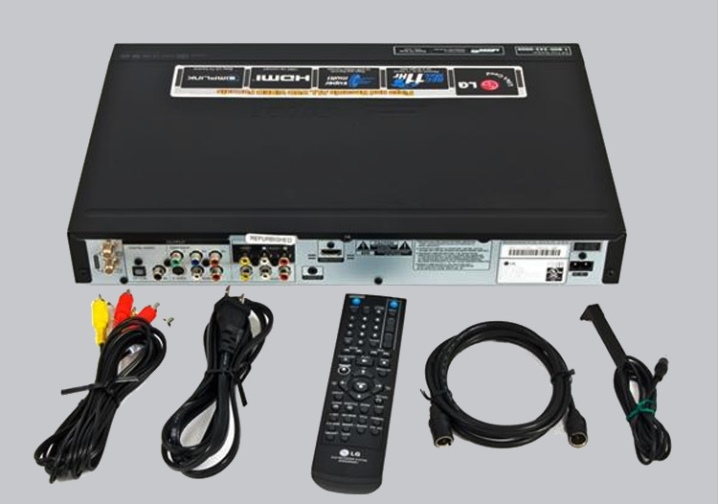
№1
Connection via the HDMI port and cable can only be carried out using modern technology. This is a simple and easy way to synchronize with a high quality signal.
Pairing is pretty straightforward.
- First you need tofind the right connector on your TV - as a rule, it is located on the rear panel. There may be an HDMI In label next to the port.
- Find the jack on the turntable... Manufacturers refer to it as HDMI Out.
- Connect the equipment with a cable. Check that the plug is firmly seated in the connector. If the wires were not included, you need to purchase one.
- Turn on the TV, open the settings window. Set to receive video and audio signal through HDMI input.
- Turn on the player and check the connection.
- Insert a disc or flash drive into the player, turn on the video and check the performance of the equipment.
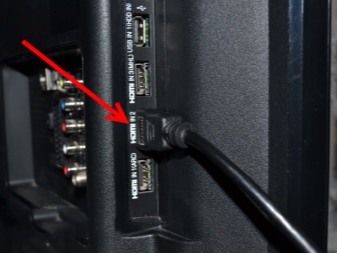
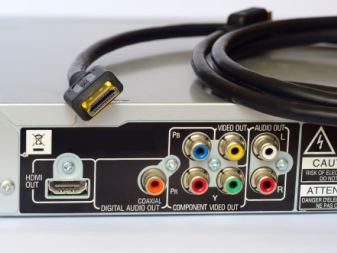

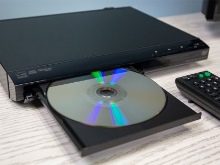
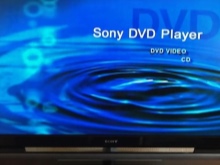
№2
A distinctive feature of this cable is large sizes. As in the above case, only one cord is needed for synchronization. The connection process is very simple. All you have to do is take the cord and plug it into the corresponding ports on your DVD player and TV receiver.
Depending on the TV model it can have multiple SCART ports. In this case, you need to select the one next to which there is a designation "In".
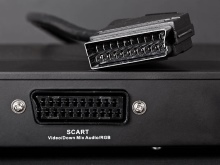

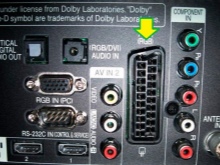
№3
The next option is most often used when working with outdated equipment. Many users have been familiar with this type of port and cable for a long time. To connect the technique, it is enough connect tulips (cord with three colored plugs at both ends) into connectors of the corresponding color: red, white and yellow. Despite the easy and understandable operation, this method has a significant drawback - reduced picture quality compared to the above connection methods.
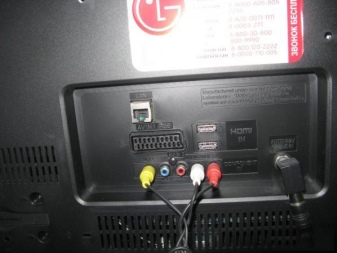
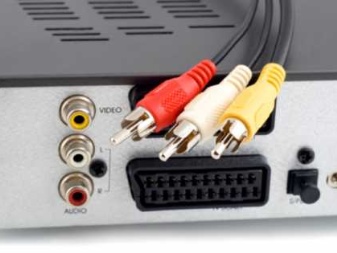
№4
To connect the player to the TV via the S-Video output, you need purchase a special cable... The port name indicates that this channel is only suitable for image transmission. To transmit the audio signal, you need to use another cable (bells or tulips).
No additional settings are required to connect. All you have to do is plug the cable into the equipment, turn it on and enjoy your movie.
Using the methods described above, you can connect both stationary and portable players.


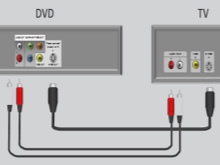
Using a component cable
On some DVD-players you can find standard colored tulip ports, but only in the amount of not three, but five pieces. This is an improved version, providing a higher quality signal transmission. Despite the increased number of ports, the connection process is the same as using a standard RCA cable. The connection takes place exactly by color. Then we check for successful signal transmission.
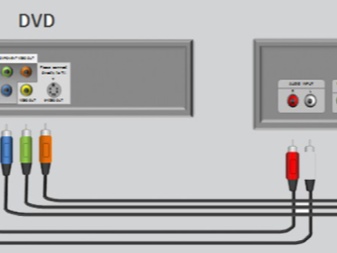
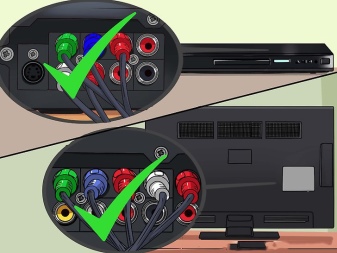
Additional recommendations
In the process of connecting equipment, it is important to observe its correct location. Experts do not recommend putting the player on top of a TV. During operation, the temperature of the equipment rises, and with this arrangement, the technicians will heat each other. This violation during operation can lead to damage.
Many users make the mistake of placing their TV on top of the player. This is not recommended, even if the TV receiver is small. Not all players can boast of the durability of the case. It is best to use a special TV cabinet with a special shelf for a DVD player.
It is advisable that the player is located close to the TV set. With a long distance, the connecting wires become very hot, which negatively affects the quality of signal reception and transmission.
High temperature especially affects the HDMI cable. If the wires are under strong tension, they may be loose in the receptacles.

Possible problems and their elimination
The equipment synchronization process is simple, but in this case, you can face various problems.
- If the technician refuses to work, you need to check the power supply. The problem may be with the outlet or wiring. Connect any other device to the network and check if it works. If the problem lies in the wiring, it is best to seek professional help. And also carefully inspect the wire for damage.
- If there is no sound or image, you need to check the integrity of the cable used for synchronization. If severe defects are found, it must be replaced. Do not skimp on the quality of the wire - the transmission of image and sound depends on it. Remember to tune your TV after connecting the player. In the corresponding menu, you need to select a new source of signal reception.
- If the TV is receiving a signal from the player, but the quality is very poor, you may need to check if the connection is secure. The plug should fit snugly in the connector. If the socket starts to play, the equipment must be returned for repair.
- The lack of signal or its poor quality may be due to the fact that a foreign object has got into the connector. Check the ports before pairing and periodically clean them of dust and other debris.
- If you are connecting a turntable or TV for the first time, you may be dealing with defective appliances.... If possible, use other hardware to find the source of the problem. Until the warranty period has come to an end, the equipment can be handed over to a service center for free repair or replacement.
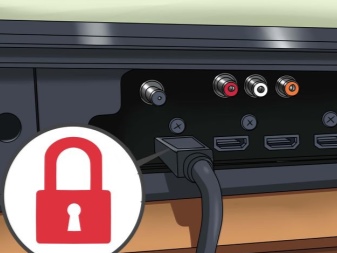

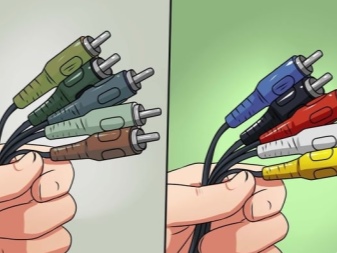
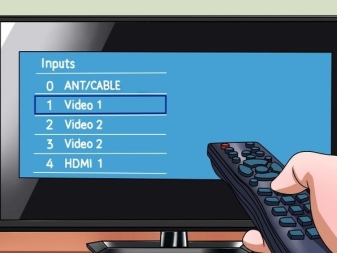
Store the cable in a dry place out of the reach of children and animals. Fold it up carefully. For fixing, you can use ties and other clamps. Make sure there are no kinks on the cord.
How to connect a DVD player to your TV can be seen in the video below.













The comment was sent successfully.